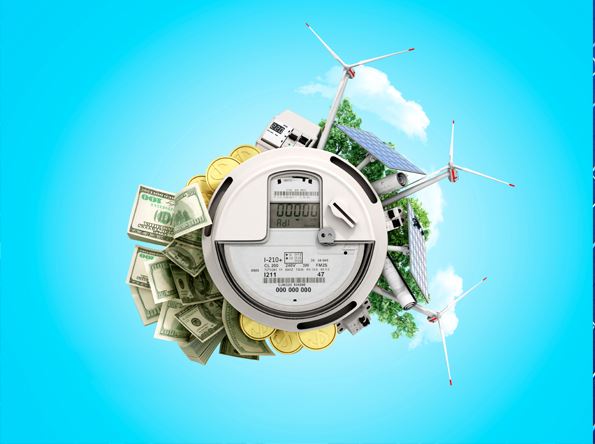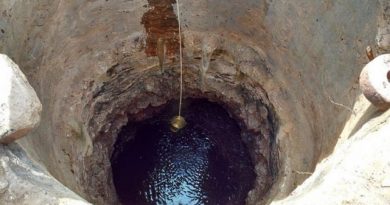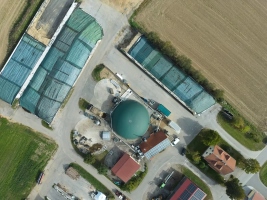Phase II of Atal Jyoti Yojana Launched with a Target of Installing 3 lakh Solar Street Lamps
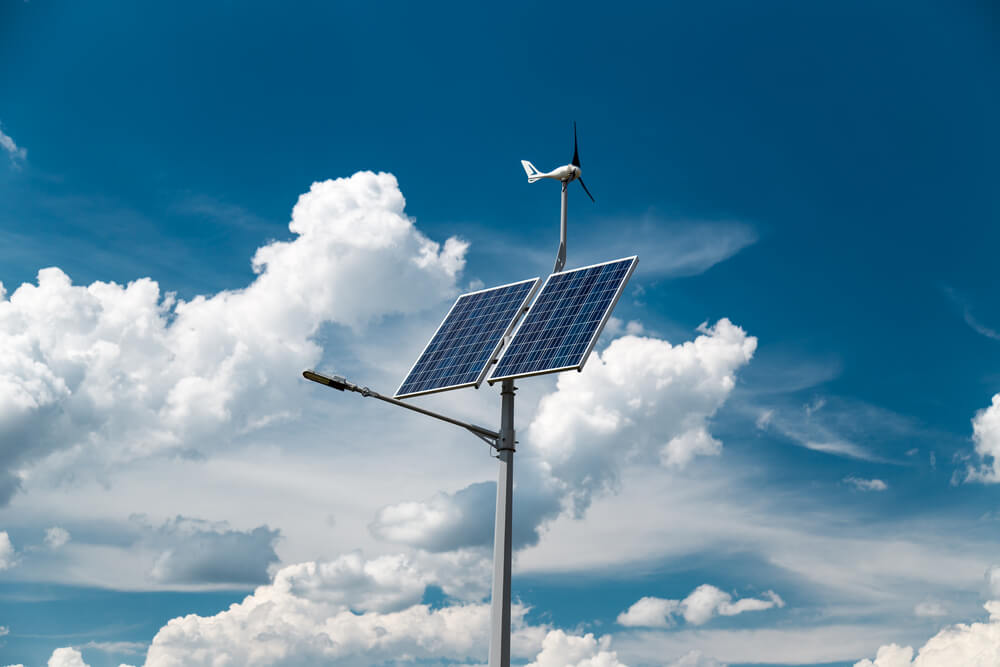
The Ministry of New and Renewable Energy (MNRE) has been granted approval for the launch of the second phase of the Atal Jyoti Yojana (AJAY) for the financial years 2018-19 and 2019-20. As a part of the sanction, the second phase will cover the installation of 304,500 solar street lamps in selected states.
The phase II will cover the installation of the solar street lamps in the following states:
- States of Uttar Pradesh, Jharkhand, Bihar, Odisha, and Assam which were a part of the first phase of the AJAY scheme, where there is a demand for additional lamps.
- Hilly States of Uttarakhand, Himachal Pradesh, and Jammu & Kashmir.
- North Eastern states including Sikkim.
- The Islands of Andaman and Nicobar and Lakshadweep.
- Parliamentary constituencies covering 48 aspirational districts (not covered in the above).
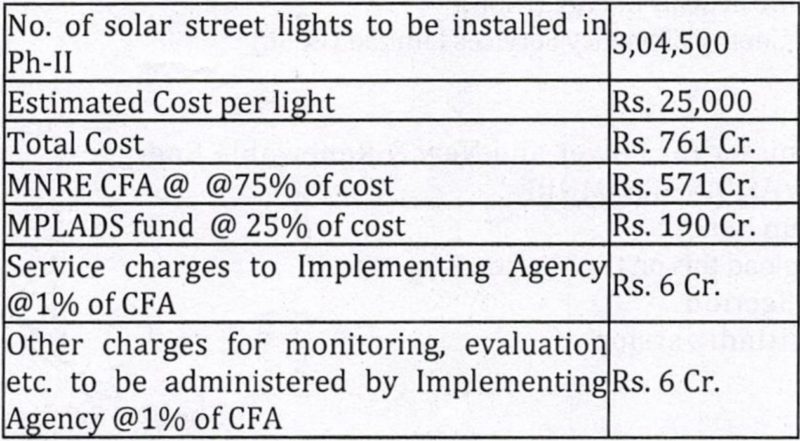
The Energy Efficiency Services Limited (EESL) is the implementing agency for phase II of the scheme and will be available for a period of one year from the date of issue of the administrative approval, a time period in which the implementing agency is required to finish the installations.
The MNRE had launched the Atal Jyoti Yojna in 2016. By March 2018, 1.45 lakh solar street lights were installed in 96 parliamentary constituencies and the sanction for the second phase also includes an additional ₹50 crore fund to meet the pending liabilities of the first phase of the scheme.
In August, The Union Cabinet approved the MNRE’s plans to install close to 118 MW of solar capacity through off-grid solar photovoltaic projects by March 31, 2020, as a part of the latest Phase III of the Decentralised Solar PV Applications Program. The program has a target to install 300,000 solar street lights throughout the country, with areas where there are no grid-tied street lighting systems being given special emphasis as a part of this project. Besides this, the program will also look to set up multiple 25 KW solar projects in regions which lack access to grid connections or unreliable power supply. The project also aims to provide 25,00,000 solar study lamps in North Eastern States districts to school going children. The latest phase of the program which works under the Jawaharlal Nehru National Solar Mission (JNNSM) was assigned a budget worth over ₹656 crores after the approval was received from the president for the continuation of the program in Phase III for the financial year (FY) 2018-19 and 2019-20.
While the initiative will be a key support in improving civic services quality and adding to the renewable power without straining the grid, one hopes that there is a plan in place for maintainance too, as too often, solar street lamps that have been vandalised take a very long time to be repaired. This is something that becomes apaprent when one tours in the villages and towns that have seen the benefits from phase 1 of the project.


